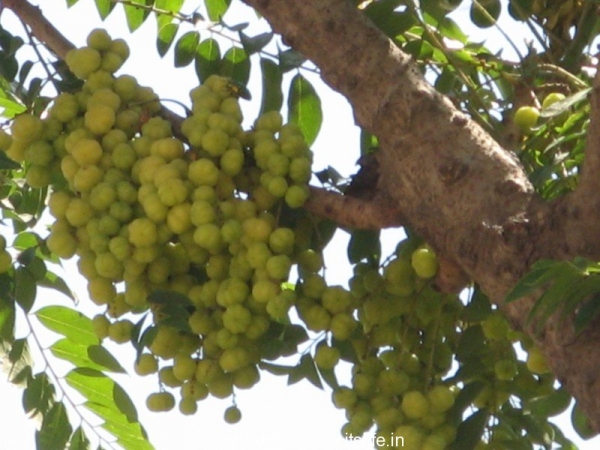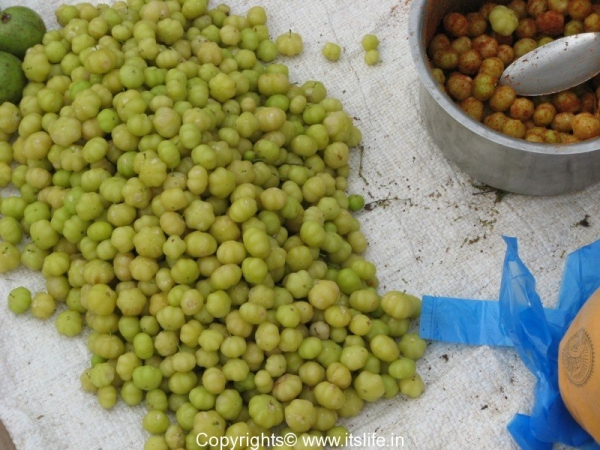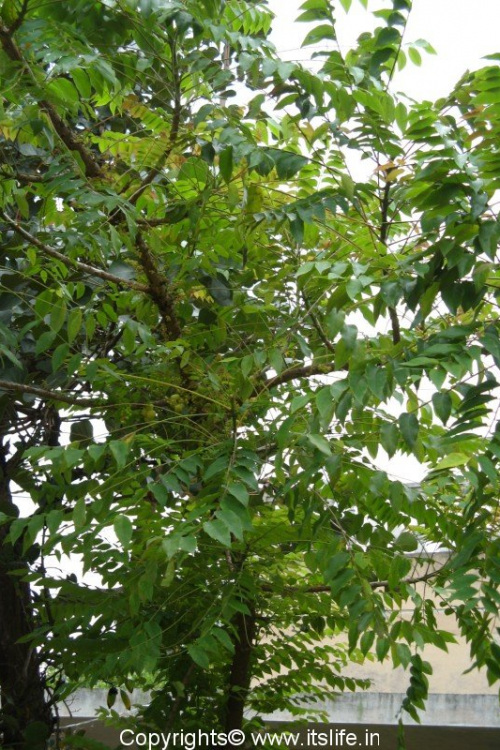Star Gooseberry is known as Kiru Nellikayi in Kannada and was my favourite during school. I would buy them from an old lady selling outside the school campus and smuggle them into the class and dip them in rock salt and chili powder and pop into the mouth.
Other common names are, Otaheite gooseberry, Malay gooseberry, Tahitian gooseberry, country gooseberry, starberry, West India gooseberry, damsel, Grosella (in Puerto Rico), Jimbilin (in Jamaica), Damsel (in Grenada), Karamay (in the Northern Philippines), Cermai (in Indonesia and Malaysia. Botanical name is Phyllanthus acidus and belongs to Phyllanthaceae family. Native to Asia, Caribbean region, Central and South America.
It is mostly cultivated for ornamental purpose and is very common to find them in South Indian homes. Indian Gooseberry (Amla) is related to Star Gooseberry.
The tree grows to a height of 30 feet. Leaves are light green and 2 to 7.5 cms long and thin. Smooth on the upper side and blue-green on the underside. Small pink flowers appear in clusters on the branches.
The fruits are many with 6 to 8 ribs. Green when young and turn pale yellow as they mature. The flesh is crisp, juicy, and sour. The stone in the center is also ribbed and contain 4 to 6 seeds.
Uses:
Fruit is eaten with salt and chilli powder. It is also used to prepare many dishes like pickle, chutney, Gojju, and candy. Leaves are also cooked and eaten.
Different parts of the plant are used to cure different ailments.
Recipes:
Kirunellikayi Gojju
Kirunellikayi Uppinakayi (Pickle)




